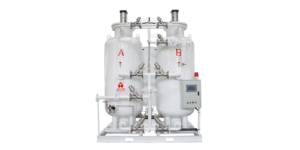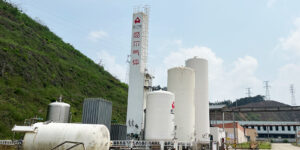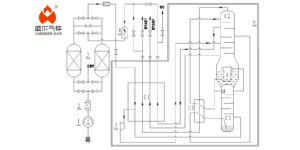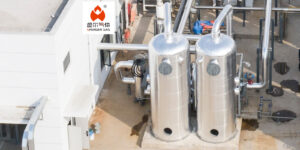In the realm of industrial gas production, cryogenic gas separation stands out as a critical process for obtaining high-purity oxygen, nitrogen, and argon. This technology leverages the distinct boiling points of air components to separate them efficiently at extremely low temperatures. Achieving high purity and yield in cryogenic gas separation is pivotal for industries ranging from healthcare to metallurgy, where the quality of gases directly impacts operational efficiency and product quality. This article delves into strategies and innovations aimed at enhancing both purity and yield in cryogenic gas separation, focusing on key aspects such as process optimization, equipment design, and advanced control systems.

Understanding Cryogenic Gas Separation
Cryogenic gas separation operates on the principle of fractional distillation, a process that separates chemical compounds based on their boiling points. By cooling air to cryogenic temperatures (below -150°C or -238°F), it becomes possible to liquefy and subsequently distill its components. The efficiency of this process hinges on precise temperature control, pressure settings, and the purity of the feed air.
Strategies for Maximizing Purity
Pre-Purification of Feed Air: Removing contaminants such as water vapor, carbon dioxide, and hydrocarbons before cooling ensures that these substances do not freeze and block the distillation columns. Employing molecular sieves and adsorption processes enhances the purity of the feed air, thereby improving the overall separation efficiency.
Optimized Distillation Column Design: The design of the distillation column plays a crucial role in achieving high purity levels. Advanced designs featuring structured packing materials increase surface area for heat exchange, facilitating a more efficient separation of air components.
Precision in Temperature and Pressure Control: Fine-tuning the operational parameters of the cryogenic separation process, such as temperature gradients and pressure levels within the distillation column, can significantly enhance the purity of separated gases. Implementing advanced control systems ensures that these parameters are maintained within optimal ranges.
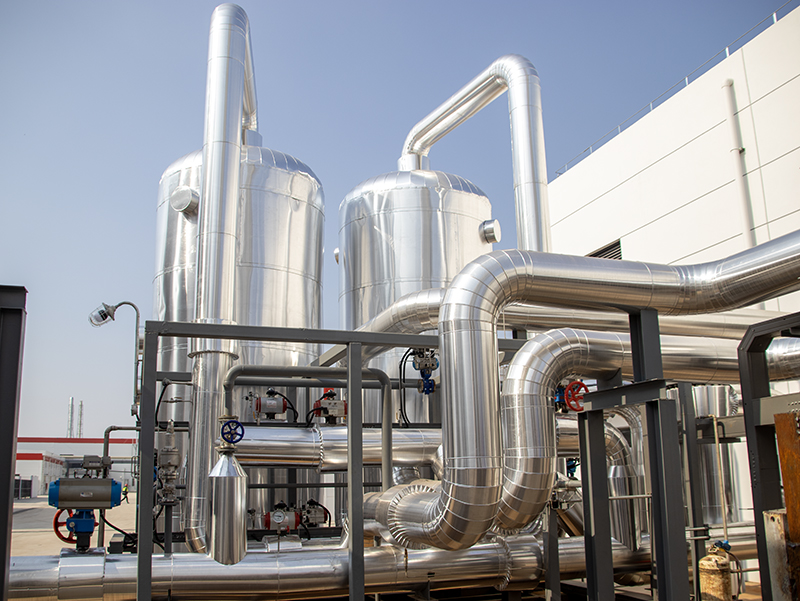
Enhancing Yield
Energy Integration and Recovery: Maximizing yield is not only about increasing the output but also about enhancing the process’s energy efficiency. Energy recovery systems, such as heat exchangers, can recycle the cold energy from gas streams, reducing the overall energy consumption of the separation process.
Advanced Process Control (APC) Systems: APC systems utilize real-time data and predictive models to optimize the separation process continuously. By adjusting to varying conditions and minimizing disturbances, these systems can increase the yield of desired products without compromising purity.
Expansion Turbines for Enhanced Refrigeration: The use of expansion turbines for refrigeration in the cryogenic process allows for more efficient cooling of air. This method not only improves the yield by reducing energy losses but also contributes to the system’s overall reliability.
Maximizing purity and yield in cryogenic gas separation is essential for meeting the stringent requirements of various industries. Through the integration of advanced technologies, precise control, and innovative equipment design, the efficiency of cryogenic gas separation processes can be significantly enhanced. These advancements not only contribute to the production of high-purity industrial gases but also pave the way for more sustainable and energy-efficient operations in the field of gas separation.



